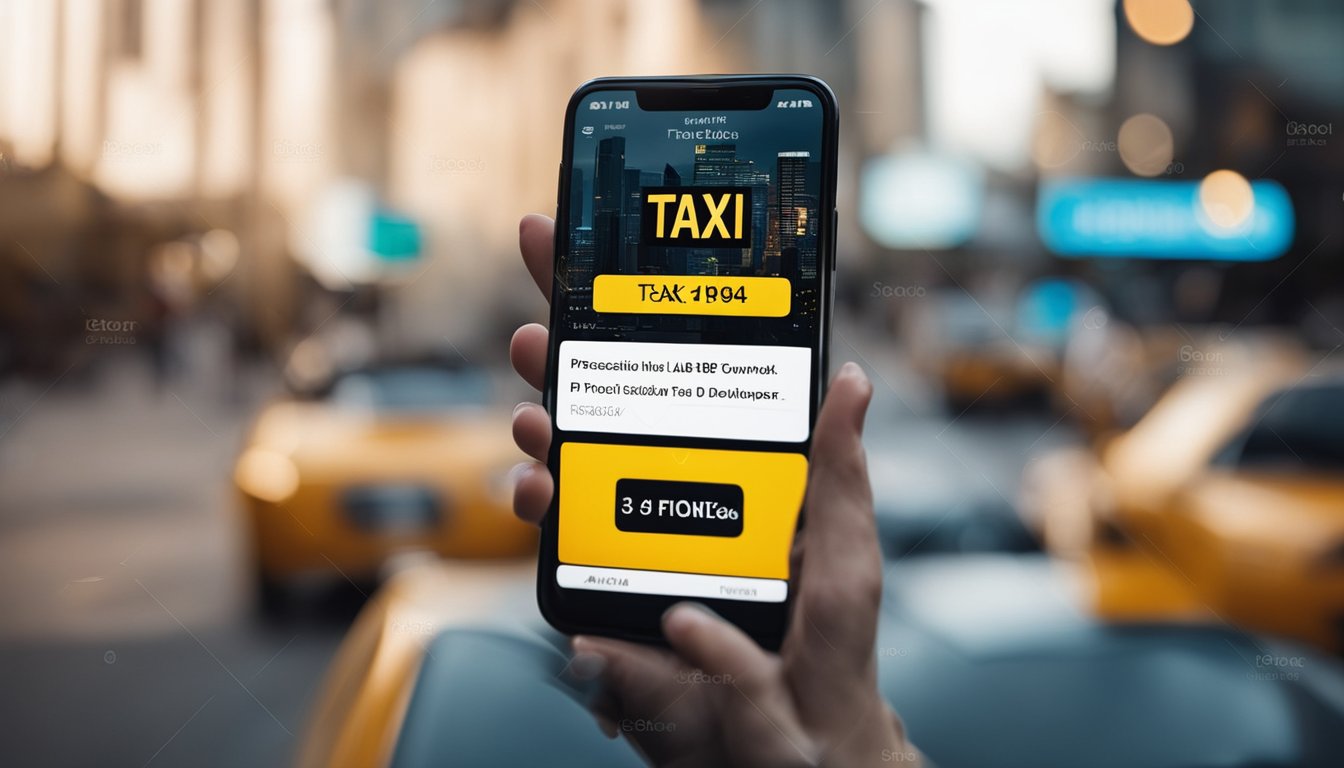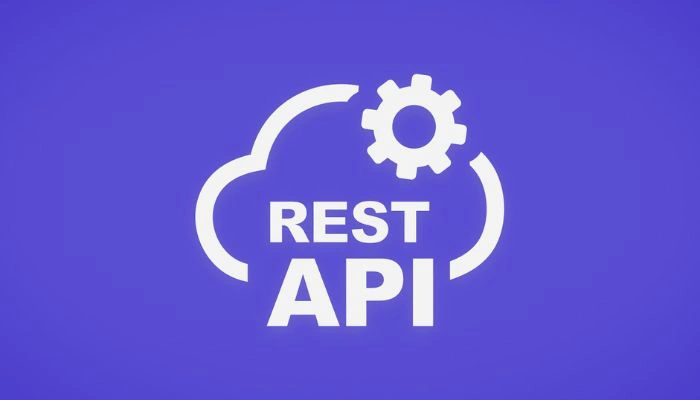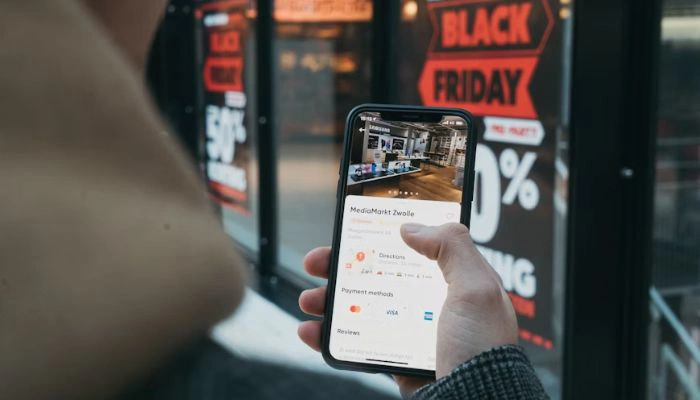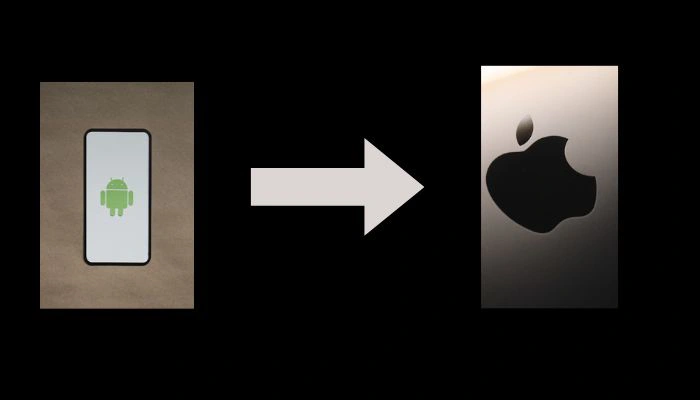Taxi App Developers White Label Taxi App Solutions for Your Business
As a taxi app developer, I understand the importance of customizable solutions that can be tailored to fit the needs of each company. That's where white label taxi apps come in. White label taxi apps are customizable ride-hailing solutions that can be rebranded and customized to fit the needs of any business. With a white label taxi app, companies can launch their own branded Uber-like taxi booking app, expand their operations, automate their processes, and optimize their growth.

White label taxi apps are made up of several components, including a rider app, a driver app, an admin panel, and a dashboard. The rider app allows customers to book rides, track their ETA, and pay for their rides. The driver app allows drivers to accept rides, navigate to the pickup location, and receive payment. The admin panel allows companies to manage their drivers, view reports and analytics, and customize their app. The dashboard provides real-time updates on the status of rides, payments, and earnings.
Overall, white label taxi apps offer a comprehensive taxi app solution that can help companies compete in the market. With customizable features, multi-language support, and scalable infrastructure, white label taxi apps can help entrepreneurs launch their own ride-hailing business, and established companies expand their operations and increase their ROI.
Understanding White Label Taxi Apps

As a taxi app developer, I understand the importance of creating customizable solutions that can be rebranded to suit the needs of different startups. That's why I recommend white label taxi apps to entrepreneurs who want to enhance their visibility in the market. In this section, I will explain what white label taxi apps are, their key features, and the benefits they offer to entrepreneurs.
Key Features
White label taxi apps are pre-built solutions that can be customized to meet the specific requirements of a taxi business. They are designed to provide a seamless experience to passengers, drivers, and dispatchers, with features like real-time tracking, fare estimation, in-app payments, and driver ratings. These apps can be integrated with third-party services like Google Maps, Stripe, and Twilio to enhance their functionality.
One of the main advantages of white label taxi apps is their flexibility. They can be adapted to different business models, whether you're running a ride-hailing service, a taxi fleet, or a shuttle service. They can also be customized to match your brand identity, with options to change the app's logo, color scheme, and fonts.
Benefits for Entrepreneurs
White label taxi apps offer several benefits for entrepreneurs who want to launch their own taxi business. Firstly, they provide a cost-effective solution for startups that don't have the resources to build their own app from scratch. With a pre-built solution, you can save time and money on development costs and focus on growing your business.
Secondly, white label taxi apps offer a high level of customization, which allows you to tailor the app to your specific needs. This means you can add or remove features as required, and make changes to the app's design to match your brand identity. This level of customization can help you stand out from your competitors and enhance your visibility in the market.
In conclusion, white label taxi apps are a great option for entrepreneurs who want to launch their own taxi business. They offer a cost-effective, customizable solution that can be rebranded to match your brand identity. With features like real-time tracking, in-app payments, and driver ratings, these apps provide a seamless experience to passengers, drivers, and dispatchers.
Components of a White Label Taxi App

As a taxi app developer, I understand the importance of having a well-designed white label taxi app that can cater to the needs of both drivers and customers. A white label taxi app is a customizable solution that can help taxi companies to manage their operations efficiently. The app comprises of three major components: Driver App, Customer App, and Admin Panel.
Driver App
The driver app is a crucial element of a white label taxi app that helps drivers to manage their rides and earnings. The app should have a simple and intuitive interface that allows drivers to register, login, and start accepting ride requests. It should also have a multi-language support feature that can cater to drivers from different regions.
The driver app should also include features like ride-booking, live tracking, and vehicle tracking system that can help drivers to locate their customers and reach their destinations on time. The app should also have a GPS tracking feature that can help drivers to navigate through traffic and avoid congested routes.
Customer App
The customer app is the interface that customers use to book rides and manage their payments. The app should have a user-friendly interface that allows customers to register, login, and book rides easily. The app should also have a map view feature that can help customers to locate nearby drivers and track their rides in real-time.
The customer app should also include features like ride booking, live tracking, and vehicle tracking system that can help customers to locate their drivers and reach their destinations on time. The app should also have a multi-language support feature that can cater to customers from different regions.
Admin Panel
The admin panel is the dashboard that taxi companies use to manage their drivers, operators, and payments. The panel should have a user-friendly interface that allows admins to manage their drivers and operators easily. The panel should also have a multi-language support feature that can cater to admins from different regions.
The admin panel should also include features like ride-booking, live tracking, and vehicle tracking system that can help admins to manage their drivers and track their rides in real-time. The panel should also have a payment management system that can help admins to manage their payments and transactions efficiently.
In conclusion, a white label taxi app is a customizable solution that can help taxi companies to manage their operations efficiently. The app comprises of three major components: Driver App, Customer App, and Admin Panel. The app should have a user-friendly interface, multi-language support, and features like ride-booking, live tracking, and vehicle tracking system that can help drivers, customers, and admins to manage their operations efficiently.
The Development Process

As a taxi app developer, I follow a structured development process that includes planning, coding, testing, and launching. This process ensures that the final product is of high quality, meets the client's requirements, and is delivered on time.
Planning
The planning stage is the most crucial stage in software development. During this stage, I work closely with the client to understand their requirements and expectations. I also conduct market research to identify the competition and determine the unique selling proposition of the app.
Once I have gathered all the necessary information, I create a detailed project plan that includes the scope of work, timelines, and milestones. This plan serves as a roadmap for the entire development process.
Coding
The coding stage is where the actual development of the app takes place. I use the latest technologies and programming languages to create a robust and scalable app. I also ensure that the app is optimized for performance and is user-friendly.
During the coding stage, I follow best practices such as code reviews, version control, and continuous integration to ensure that the code is of high quality and is maintainable.
Testing and Launch
The testing stage is where I ensure that the app is free of bugs and errors. I conduct various types of testing such as functional testing, performance testing, and security testing to ensure that the app meets the client's requirements and is ready for launch.
Once the app has been thoroughly tested, I submit it to the app stores such as Google Play and the App Store. I also ensure that the app is optimized for search and is easily discoverable by users.
As a taxi app development company, I understand the importance of delivering high-quality apps that meet the client's requirements. By following a structured development process, I ensure that the final product is of high quality, meets the client's expectations, and is delivered on time.
Competing in the Market

As a taxi app developer, I understand that the ride-hailing market is highly competitive. Companies like Uber, Lyft, and Ola have already established themselves as major players in the industry. To succeed, I need to understand my competitors and develop a unique selling proposition that sets my white label taxi app apart from the rest.
Understanding Competitors
To understand the competition, I need to analyze the strengths and weaknesses of my competitors. For example, Uber and Lyft have a strong brand logo recognition and offer surge pricing during peak hours. Ola, on the other hand, has a referral program that incentivizes riders to refer their friends and family. By analyzing these strategies, I can identify areas where my white label taxi app can improve.
Unique Selling Proposition
To compete in the market, I need to develop a unique selling proposition that sets my white label taxi app apart from the rest. One way to do this is by offering a different service type. For example, I can focus on ride-sharing apps that cater to families with young children or seniors who need assistance getting in and out of the car.
Another way to differentiate my app is by offering a white label rideshare app. This allows businesses to launch their own branded ride-sharing service quickly and cost-effectively without investing in building the technology from scratch. By offering this service, I can attract businesses that want to provide their customers with a seamless ride-hailing experience.
Ultimately, to succeed in the market, I need to focus on providing a high-quality service that delivers a high ROI for both riders and drivers. By focusing on these key areas, I can develop a white label taxi app that stands out in the market and attracts a loyal customer base.
Frequently Asked Questions

How can I create a white label taxi app?
Creating a white label taxi app can be done in a few ways. One way is to hire a taxi app developer who can build the app from scratch. Another way is to use a white label taxi app builder, which provides a pre-built app that can be customized with your branding and features. It is important to choose a reputable and experienced developer or builder to ensure the quality and functionality of the app.
What are the benefits of using a white label booking app?
Using a white label booking app can provide several benefits for taxi business owners. It allows for customization of the app with your branding, which can increase brand recognition and customer loyalty. Additionally, white label apps can be more cost-effective and efficient than building an app from scratch, as the development process is streamlined. Finally, white label apps can be updated and maintained by the provider, which can save time and resources for the business owner.
What features should a taxi app builder include?
A good taxi app builder should include essential features such as real-time tracking, payment processing, driver and passenger profiles, and ride history. Additional features like in-app messaging, driver ratings, and referral programs can enhance the user experience and increase engagement. It is important to choose a builder that offers customizable features to tailor the app to your business needs.
How can I make my taxi app profitable?
To make your taxi app profitable, it is important to focus on user acquisition and retention. This can be achieved through targeted marketing campaigns, referral programs, and providing a seamless user experience. Additionally, implementing surge pricing during peak hours can increase revenue. Finally, offering additional services such as food delivery or package delivery can diversify revenue streams.
What is the process for building a taxi booking app like Uber?
The process for building a taxi booking app like Uber involves several steps. First, research the market and identify a niche. Next, create a detailed plan and wireframe of the app. Then, hire a developer or use a white label app builder to create the app. Finally, launch the app and market it to potential users.
What are the most popular taxi apps used by drivers?
Some of the most popular taxi apps used by drivers include Uber, Lyft, and Grab. These apps offer a user-friendly interface, seamless payment processing, and a large user base. Additionally, they provide drivers with the flexibility to work on their own schedule and earn additional income.









